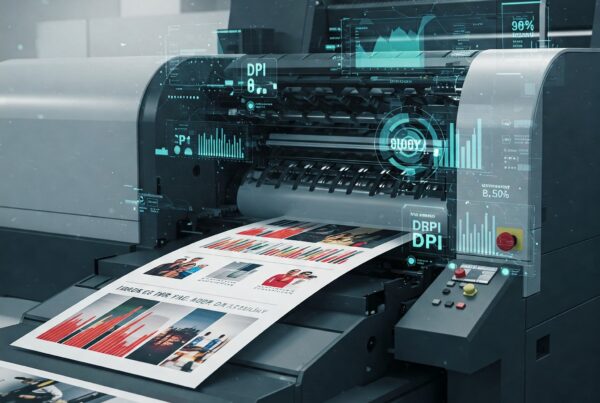Traditional vs. Eco-Friendly Packaging: Which Has a Lower Carbon Footprint?
Introduction
The environmental impact of packaging has become a growing concern for both businesses and consumers. Nowadays, sustainability is more important than ever. As a result, many companies are moving away from traditional packaging methods in favor of eco-friendly alternatives. But how do these two types of packaging compare when it comes to their carbon footprint? In this blog post, we’ll look at the differences, explore how packaging waste impacts climate change, and discuss the benefits of choosing sustainable options.
The Carbon Footprint of Traditional Packaging
Traditional packaging materials, such as plastic, Styrofoam, and non-recycled paper, make a big contribution to global carbon emissions. The way these materials are produced, transported, and disposed of comes with a high environmental cost.
1. Raw Material Extraction and Manufacturing
- Plastics come from fossil fuels, which require drilling, refining, and processing.
- Making paper often leads to deforestation and loss of biodiversity while using lots of water.
- Styrofoam production releases harmful pollutants, like hydrocarbons and carbon dioxide.
2. Transportation Emissions
- Traditional packaging is often heavier, which means it uses more fuel during transportation.
- Even though plastic packaging is lightweight, it often goes through multiple production steps, which adds to the total carbon footprint.
3. Waste and Landfill Impact
- Most traditional packaging materials end up in landfills or the ocean.
- Plastic takes hundreds of years to decompose, releasing microplastics and toxic chemicals.
- Incineration of packaging waste generates CO₂ and harmful dioxins.
The Carbon Footprint of Eco-Friendly Packaging
1. Sustainable Sourcing and Production
- Biodegradable plastics, plant-based packaging, and recycled materials use less energy and emit fewer greenhouse gases during production.
- Many companies opt for renewable energy sources for manufacturing, further reducing carbon emissions.
2. Lightweight and Efficient Transportation
- Many eco-friendly packaging solutions are designed to be lightweight and space-efficient, reducing fuel consumption and emissions during shipping.
- Some materials, such as molded fiber, are stackable and require less space compared to bulky Styrofoam.
3. Biodegradability and Recycling
- Compostable packaging materials break down naturally, returning nutrients to the soil.
- Recyclable packaging reduces the need for virgin material extraction and lowers energy consumption.
- Circular economy models promote packaging reuse, significantly cutting down waste production.
The Business Case for Eco-Friendly Packaging
1. Consumer Demand for Sustainability
- Over 70% of consumers prefer brands that prioritize sustainability.
- Companies with sustainable practices build stronger brand loyalty and attract environmentally-conscious customers.
2. Regulatory Compliance and Cost Savings
- Many governments are introducing strict regulations against single-use plastics.
- Businesses that adopt sustainable packaging early can avoid compliance issues and fines.
- Lightweight eco-friendly materials reduce shipping costs, leading to long-term savings.
3. Competitive Advantage
- Brands embracing eco-friendly packaging stand out in a competitive market.
- Sustainable packaging can be a powerful marketing tool, helping brands align with global green initiatives.
Final Thoughts
Making the Switch to Greener Packaging
The shift from traditional to eco-friendly packaging is essential in the fight against climate change. While traditional packaging contributes heavily to carbon emissions, sustainable alternatives offer a viable solution with lower environmental impact. Businesses that adopt greener practices will not only reduce their carbon footprint but also enhance their reputation, meet consumer demand, and comply with emerging regulations.
By choosing eco-friendly packaging, we take a significant step toward a sustainable future. The time to make the switch is now!


